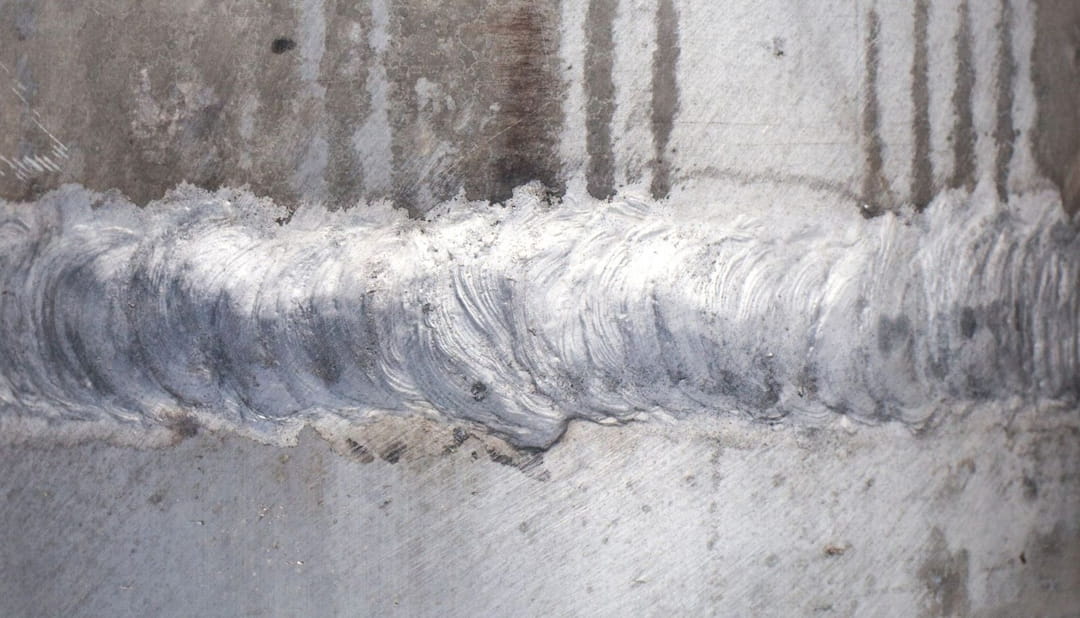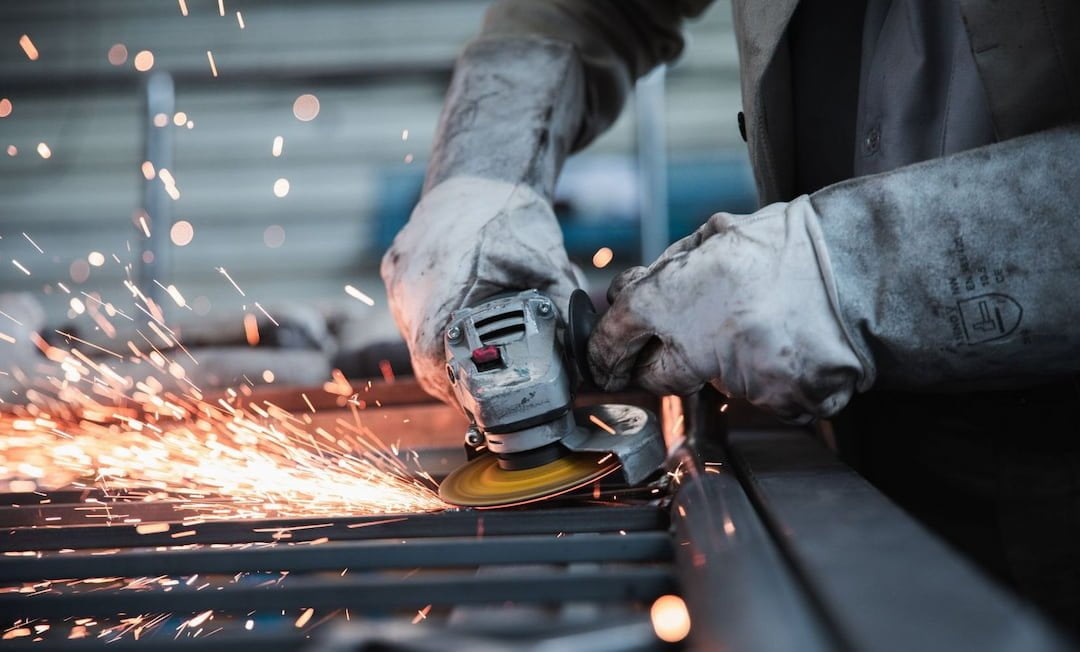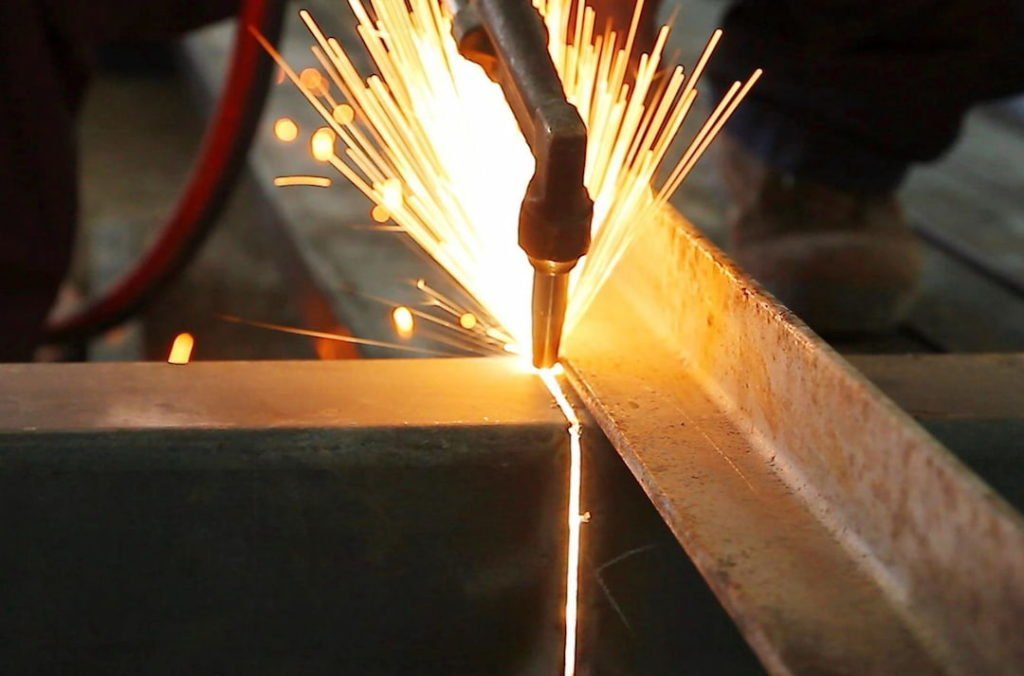Breaking a weld may sound complicated but with this post on how to break a weld, I will explain every step of the process in detail so you can easily follow along with confidence.
Table of Contents
Whether you’re a professional welder or just starting out, it's important to have the skills and knowledge to correctly break welds. It can be both time-consuming and costly if done incorrectly so it is best to ensure that you thoroughly understand what needs to be done in order to make sure the job gets done right.
Key Takeaways
- There are several methods being used to break weld but plasma cutting is in nowadays. Using a plasma cutter is a very fast method for breaking any bad weld, especially arc welding but it is not a cheap method.
- Some chemical methods are also being used for this purpose but I would not recommend using them as they can be dangerous especially if the weld is related to the food industry.
- Overall, a mechanical process can be a cleaner method and a gas torch cutting is also a safe way for weld removal.
Why would you break a weld?
There are several reasons why you may need to break a weld. Maybe something went wrong during the welding process and you want to start over or maybe you’re changing designs and need to adjust the pieces accordingly. Whatever the reason, breaking down a weld is an important skill for any MIG, TIG, Stick of Flux Core welder or metalworker as it can save time and money in the long run.

How to Break a Weld?
1. Mechanical Methods
These methods of breaking a weld involve the use of cutting tools such as a grinder reciprocating saw. These tools are used to cut through the welded metal pieces and separate them. Before attempting to break a weld with mechanical means, always ensure that you take appropriate safety precautions such as wearing protective clothing and eye protection.
Grinder:
According to my research grinder is one of the most common tools used to break a weld as it is a reliable tool. An angle grinder with an abrasive wheel can be used to cut through the weld, separating two metal pieces. It’s important to use caution when using a grinder and always wear eye protection and appropriate protective clothing.
Reciprocating Saw:
Another tool used to break a weld is a reciprocating saw as a mechanical method. This type of saw uses an aggressive back-and-forth motion to cut through the metal. It’s important to use caution when using a reciprocating saw and always wear eye protection and appropriate protective clothing as the name shows it can be dangerous.

2. Thermal Methods
The heat method to breaking a weld is also one of the most common methods used. But it costs so much that's why I won't prefer you this method if you have the luxury of this method then you can go for it. It involves heating up the weld to a high enough temperature that the metal will become soft and malleable, making the weld easier to break apart.
If you want to weld without a grinder then these methods can be the go-to. This can be done with a variety of tools such as an oxy-acetylene torch, air carbon arc welding, thermal reversal process, propane torch, gas torch, electric welder, or even a cutting torch. Heat can also be used to separate the two pieces of metal, allowing one piece to be moved away from the other especially using a plasma cutter or gas torch so protective gear is a must in these methods.
Plasma Cutting:
Plasma cutting is a process that uses electrical current to produce high temperatures and extreme pressure. This combination of heat and pressure makes it possible to cut through metal with ease. Plasma cutting requires the use of a special machine which is used to apply a stream of ionized gas onto the surface of the metal. The gas melts away the metal and the pressure of the gas forces the molten metal away from the surface breaking up the weld using a plasma cutter. As I have discussed earlier plasma cutter is not a cheap way of cutting weld and gaining this much pressure required for plasma cutting to cut a weld would be suitable for large-scale work.
Torch cutting:
Another method to break a weld without a grinder is using a torch-cutting method. It involves heating up the area around the weld with a cutting torch until the metal becomes soft and weak enough to break apart. After heating up the area with a torch you can use another tool such as air chisel or sledgehammer to break apart the two pieces of metal. Using torch cutting method could be time-consuming as you will have to keep the cutting torch still at weld for some time it would make you tired and cost a much time.
Stick welding:
Stick welding is a process that uses an electric arc to join two pieces of metal together with a molten metal pool. You can use this method to break apart the well using the same electric arc, it would be just in reverse. It involves moving the electrode away from the joint and then slowly but steadily increasing the current until it is strong enough to break up the weld. This method is not as common as other reliable and cleaner mechanical processes which are available and I would recommend you use those.
Basic Steps to Removing a Weld:
- Firstly you should gather the correct tools such as a welding hammer, chisel, and safety gear.
- Put on your safety goggles and gloves before starting to break down the weld.
- You should make a mark on the weld that you want to break with a chisel or welding hammer for example when using the torch method have to keep the torch still so a mark would make it easier to make the torch stay at that point.
- Apply the method you have selected on the marked spot and start to chip away at the weld until you have removed it as much as possible.
- Clean up any remaining debris from the area and inspect your work.
Which Method is better for you?
I would highly recommend using the grinding method for breaking down a weld. This method is typically faster and easier than cutting and there are several ways to do it depending on the size of your project. For smaller projects, you can use a handheld grinder with a small disc that fits into tight spaces while larger jobs may require an angle grinder or even a stationary belt grinder. If you don’t have any of these tools on hand, you can also use cutting torches to break down a weld.
FAQs Related to How to Break a Weld
How do you know a weld is bad?
A weld is considered bad if it fails to meet the predetermined standards for quality. This can be judged by inspecting the actual weld and checking for any visible flaws, such as cracks, undercuts, or porosity. Additionally, physical testing may be used to verify that the strength of the weld meets requirements.
How to break down old welds?
Breaking down old welds is a common job for fabricators and it can be done with a few simple tools. Depending on the type of weld and the material being worked with you may need to use an oxy-acetylene torch, grinding wheel, plasma cutters, chipping hammer, or worse case a cold chisel. Oxy-acetylene torches are great for cutting through thicker metals and larger welds, while grinding wheels or chipping hammers are better for thinner materials. Cold chisels can be used to break off larger pieces of welding material that are too thick for other tools.
Is it possible to weld over a weld?
Yes, it is possible to weld over a weld. However, in most cases, I would not recommend you this because it can cause the strength of the joint to be weakened due to the added heat and stress of welding. If welding over a weld is necessary care should be taken to ensure that any slag or other debris from the previous weld is removed and the joint is thoroughly cleaned before welding over it. It is also important to use the correct type of filler material and appropriate welding parameters.
